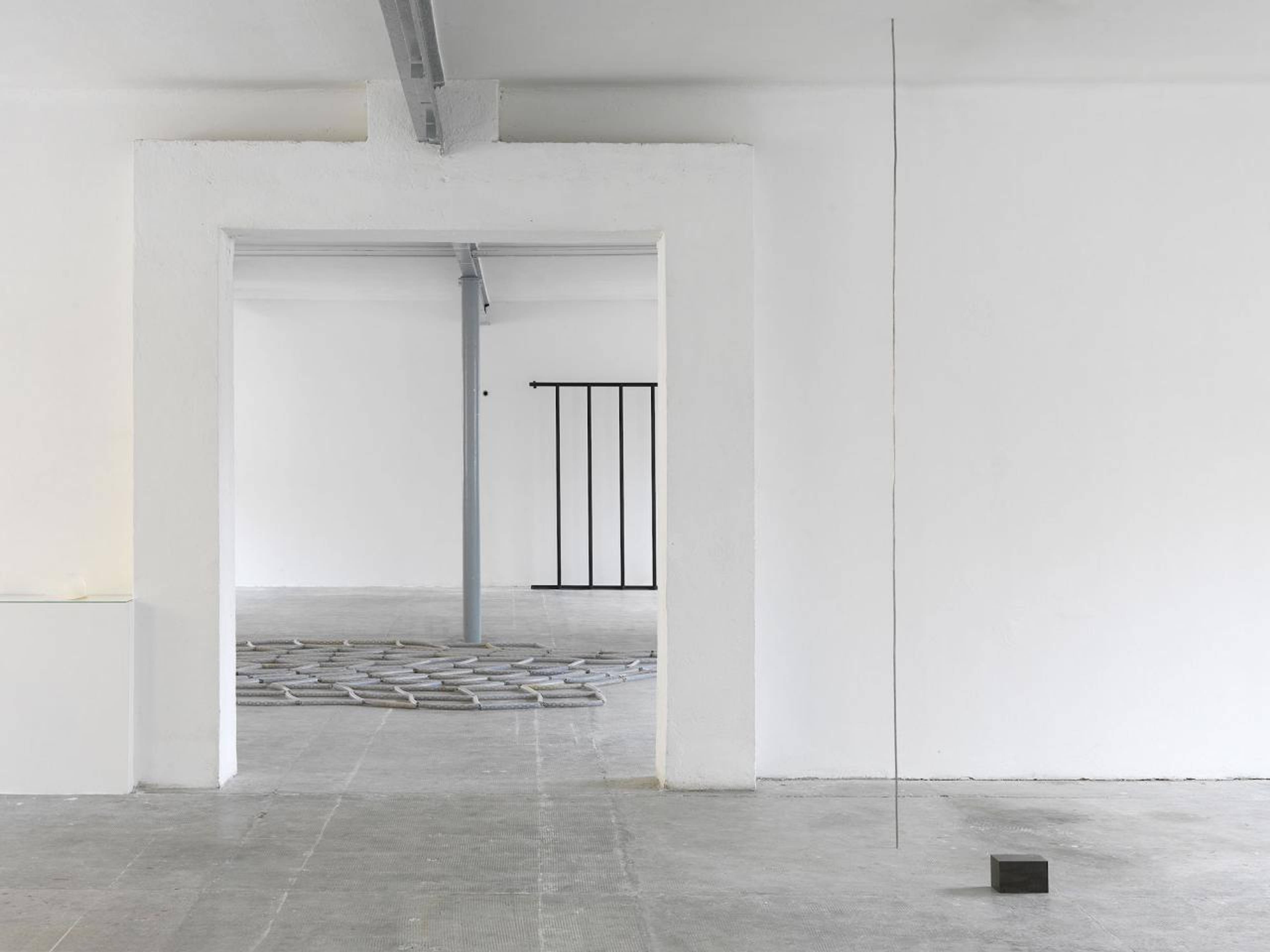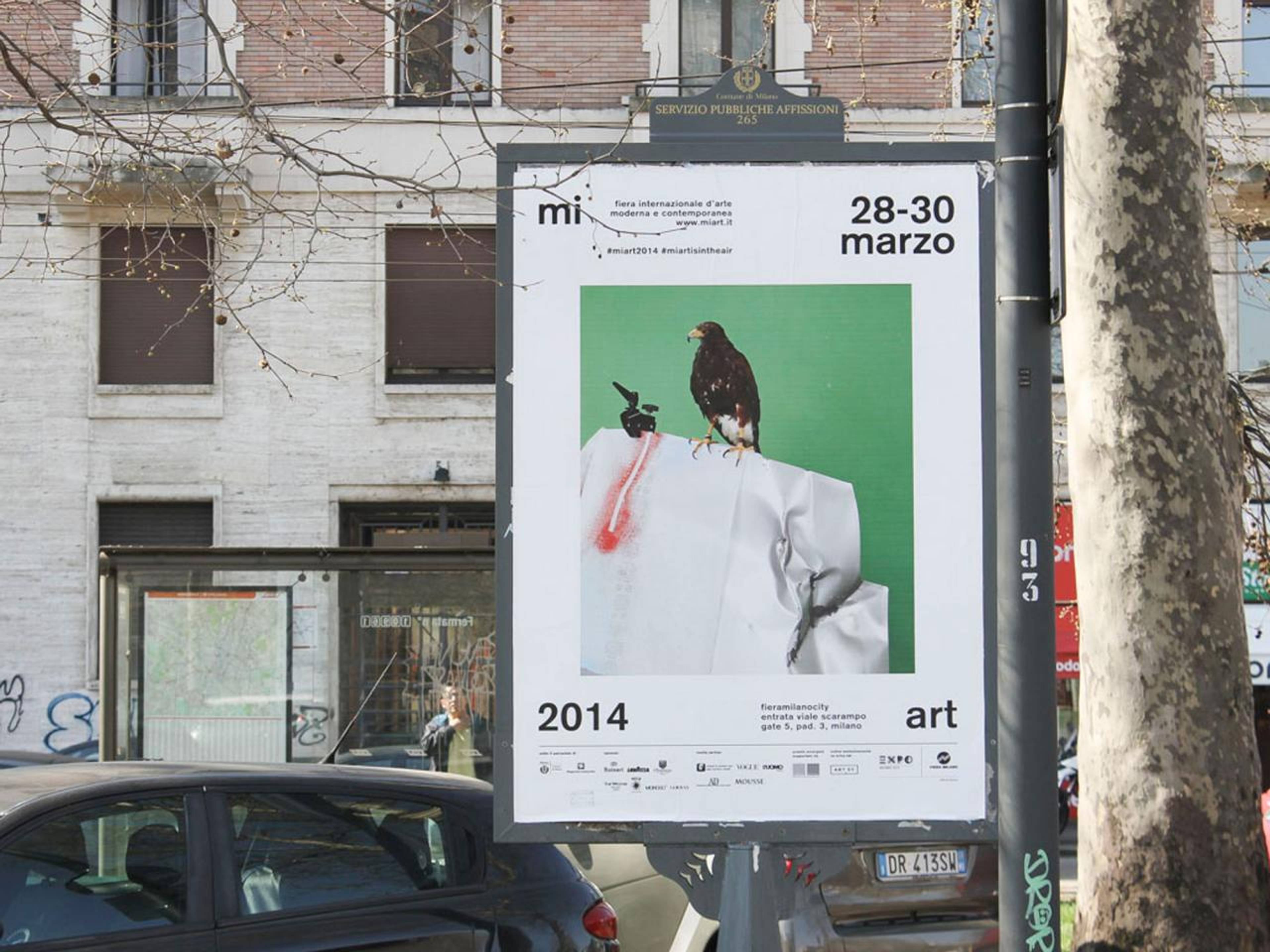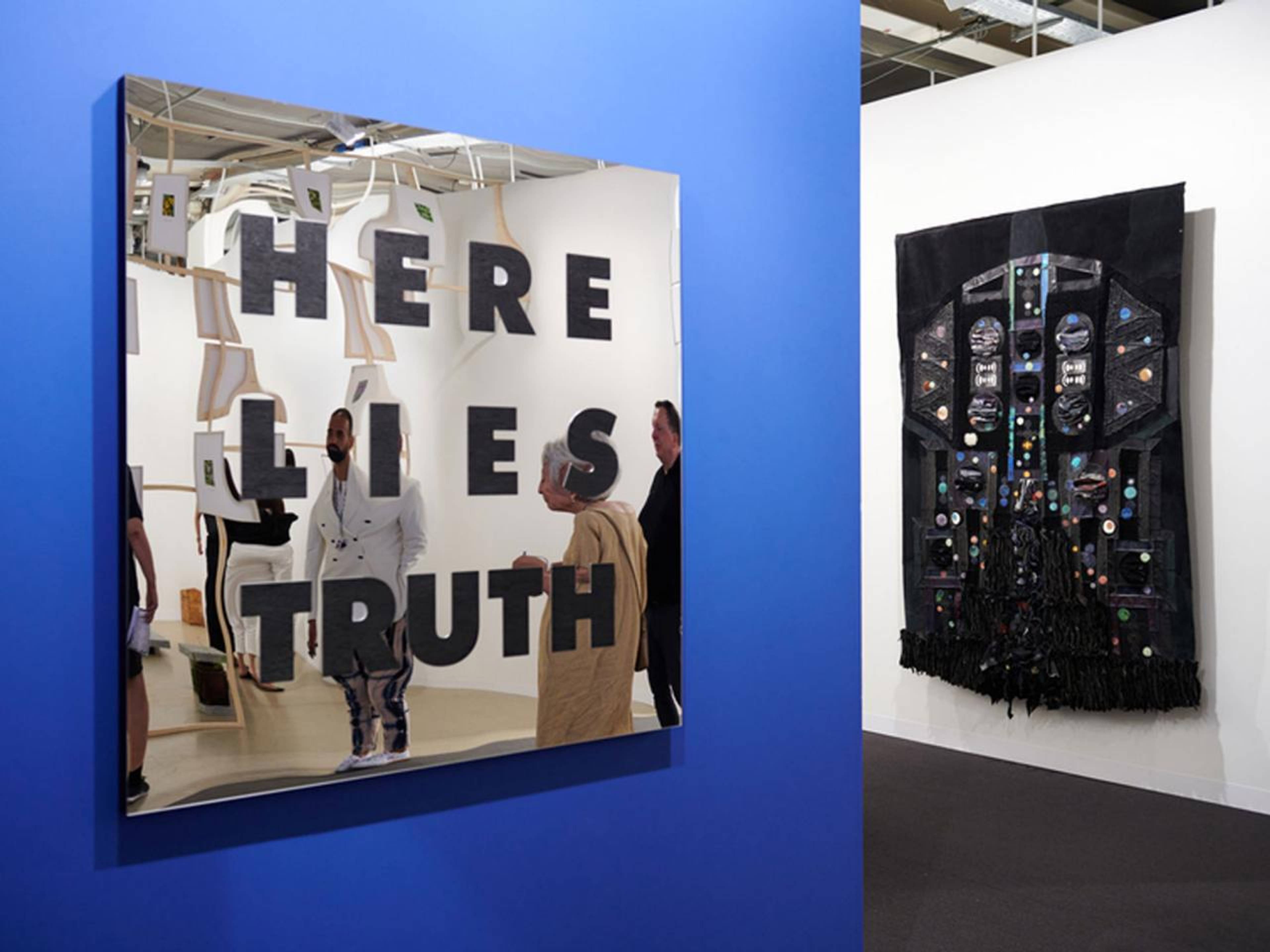Francesco Tenaglia: I’d like to start with your personal journey. What brought you to the position you are in today?
Vincenzo de Bellis: I would start with Peep-Hole, a non-profit space I co-founded with Bruna Roccasalva and Anna Daneri in Milan in 2009. We organized four shows every year, supported by a yearly fundraiser that sold works donated by artists. We used the proceeds to cover the rent, the production of shows, and all operating costs – it allowed us to survive for seven years. That project linked what subsequently became my two worlds, respectively curatorial and entrepreneurial.
Peep-Hole gave rise to a huge community, bigger than we expected, and being at the center of that successful project paved the way for me to join Miart, the Milan art fair that I ran for four years. The fair, in turn, was very instrumental in a couple of ways, as the role helped me to understand how the market and content can go together. The crucial point was the creation of one specific section called “Then/Now,” which was pretty curatorially advanced for that time. It created a connection between the modern art market and the contemporary art scene using a system of dual booths, shared by pairs of galleries, each of which presented one historical and one contemporary artist.
The other idea which was very instrumental to the art fair’s growth was the addition of design. We moved the fair to take place right before the city’s design week, Salone del Mobile, so that they would overlap for one weekend. The two worlds, which didn’t interact as much as they should have, started slowly to talk with one another. There’s a long way to go, but I think that was the beginning. After four years at both Miart and Peep-Hole, I moved to Minneapolis to work at the Walker Art Center as a curator. I was hired there because an American museum needs both mindsets, not only curatorial-content driven, but also entrepreneurially willing to connect with dealers, buyers, patrons – functions that are more distant from the institutional art world in Europe.
Meanwhile, Marc Spiegler, the former director of Art Basel, followed my career very closely. A few months after the announcement of the new Paris fair, he called me to say that he was creating a new position to oversee all four Art Basel shows (Basel, Miami, Hong Kong, Paris) at a global level. I don’t run each of them, not at all; rather, every show has its own director with whom I work with very closely with. At the same time, I’m responsible for spearheading new initiatives that won’t be fair-related, but will be more curatorially driven. So it’s a dual kind of direction, not exactly a new model, but an old model reshaped.
View of Paolo Icaro, “Appunti di Viaggio (Travel Notes) 1967–2014,” Peep-Hole, Milan, 2014. © Michele Alberto Sereni, 2014
FT: You were mainly trained as a curator and only acquired business expertise later. How do you see these two sides – if we want to create such a distinction – complementing each other, or in which ways have they influenced you?
VdB: Even though the purpose of fairs is mainly selling art, I think fairs are no longer just commercial events – if they were, they would be long gone. In the fast-paced world we live in – one need think only as far as social media – fairs have very much taken on roles that were formerly exclusive to other areas like biennials. At fairs, you see a reflection of the state of the arts and often discover new artistic positions. There’s a much faster turnover now, so the biennial mode has become very slow. That doesn’t mean that it’s not important – I just feel that Art Basel somehow responds to the demand that contemporary art has embedded in itself, to present what artists are currently producing. Happening four times a year in several different places, it positions us to show the most contemporary practices, which are very interesting, even for curators. It’s a space that helps one to understand where the world is going while it is actually changing.
At the same time, I believe that biennials have a very important and increasingly museological role to play, which revolves around reflecting on what has happened in the past. The recent Venice biennials were executed with this in mind, specifically Cecilia Alemani’s, which was really well curated and opened up many new, unexpected narratives from the last fifty-plus years, including from our current moment. Biennials have become something different, a deep dive into topics that otherwise might not have space in this fast-moving world, while still being quicker than timelines for museum exhibitions. Out of necessity to both digest different social phenomena and to keep projects financially feasible, museums have to plan three to five years in advance – it is not bad per se, but these are simply the facts, as well as my reading of how these three facets of one field (fairs, biennials, and museums) complement each other.
A lot of artists are responding to a current debate on health and illness, to questions of how and by whom a body is defined as healthy or sick.
FT: During the last Art Basel in Switzerland, I heard people talking about this very strict differentiation between the institution and the market. How do you see the entanglements of different institutions or discursive actors with economic interests?
VdB: I don’t believe in that dichotomy. I think that the commercial and the institutional very much feed into each other, and their existences are mutually dependent. That does not mean that commercial success necessarily makes artists the best in the world, just as having a museum show has not always made someone an important artist, historically speaking. Things are more layered than one might think, but I believe that the more we have a mix of people in the two fields, the more the art world will progress.
Poster in an ad campaign for Miart 2014. Art direction: Studio Mousse. Photo: Jeremias Morandell
FT: I know you’re not a fortune teller, but since you have this opportunity to observe multiple spheres simultaneously, what do you see surfacing at the moment in the arts?
VdB: One of the things the pandemic accelerated, mainly in the US, but soon to arrive in other parts of the world, is a sense of urgency about social justice, which the art world has often played with, but never really acted on. I believe that younger generations, though, are way more precise and have much more conviction about this. Linked to social justice to some extent is an attention to public health and the human condition: A lot of artists are responding to a current debate on health and illness, to questions of how and by whom a body is defined as healthy or sick.
I am big believer that the pandemic, which pushed the development of technologies we needed in our daily lives while we were all separated from each other, did the same for the art world, especially among conceptual artists who were not able or did not want to produce material objects. The other interesting phenomenon is that these artists all went back to the studio. Though it seems to contradict what I just said, I now see art filled with personal obsession and the creation of inner worlds. This has always been what I like the most, when artists bring us into their own worlds. I see these as two very strong trends around the threshold of the pandemic, which from one side has pushed a more community-rooted approach, and from the other side a more studio-based one.
I also think that figuration seems to be slowly disappearing after a recent period of abundance. It was a market trend, but at the same time, it was really driven by artists wanting to speak about themselves, about intimacy and selfhood, which I feel was absolutely needed.
FT: What are your aims with Art Basel? What do you think you can bring to the table?
VdB: Our main goal is to keep reinforcing the idea that fairs need to bring quality, first and foremost, with the original Art Basel always remaining our flagship. Furthermore, while the fairs exist in the contexts of four different cities and four different regions, the brand is a global one, and art is, per definition, global. One question that I’m working on is, How do we redefine “global” and “local” in the art world in 2023? What does it mean to have four flavors? The answer needs to be conceived according to a global entity that cannot exist without the various communities in which it is situated. So we have to collaborate and make sure that the content in those cities is produced specifically for those contexts and is not the all the same – otherwise there’s no point in organizing four of them.
Another big topic for me is interdisciplinarity, the idea that visual arts feed other arts and vice versa, which I’ve been invested in for the last six-and-a-half years, since before coming to Art Basel. How do we bridge plural arts? Great minds have been talking about this for an entire century, and it’s evidently not an easy question to answer, but I consider myself pretty stubborn, and I don’t like giving up before trying to the fullest extent.
Art Basel 2022. Courtesy: Art Basel
Stephen Friedman Gallery, London, at Art Basel 2022. Courtesy: Art Basel
___






